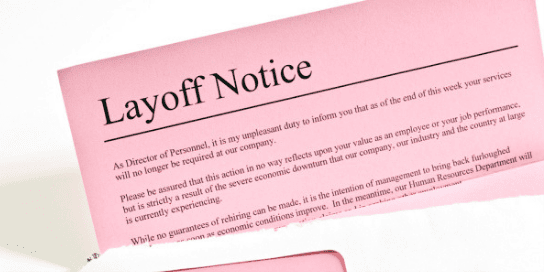When I read some of the rules for speaking and writing the English language correctly—as that a sentence must never end with a particle—and perceive how implicitly even the learned obey it, I think: “Any fool can make a rule, And any fool will mind it.”
– Henry David Thoreau, The Heart of Thoreau’s Journals
In a land of rules of thumb, full hands firmly hold the truth
Nuance. Grey. Context.
Do you know where “the rule of thumb” originates from? Historically, it was used as a maximum width of a stick allowed for spouse-striking. Not exactly a decision dogma to live by. Our industry is littered with these: All you need in investing is just your age, income, amount of assets, tax bracket, time horizon, and results from your 11-question risk tolerance questionnaire, right?
But do any of those rules of thumb really work?
Are you unknowingly cutting your fingers off while losing a financial grip on what is possible?
Do you believe in framing out and thoroughly coloring in decision trade-offs before can’t go back financial decisions? Does Google’s algorithmic bible of top-ten dumbed down conventional wisdom posts add real value in your financial decision making, or muddy it in oversimplification and overconfidence?
Are free online-books “helping,” or are they actually costing you a lot of time, fear, and mistakes? CPAs mindlessly filling in boxes without creating a strategic and detailed map to lower future taxes? A “trust me” advisor trusting you won’t ask one more question?
Let’s get a real grip.
Thumbs, without hands, can only hold so much. Take these rules of thumb, for example…
Rule of thumb: “4% withdrawal rates are safe.”
We sure?
- What about if your first few years of financial independence comes with a 50% drop in equity markets, or a cumulative 20% positive return?
- What about if you are financially independent, and taking withdrawals at age 40 versus 70 and sequence of returns play a larger role?
- Even if you live in rising interest rates or flat interest rates with less (possible) capital appreciation in bonds, and therefore lower future returns?
- Even if you have temporarily elevated withdrawal rates for a few years to create the ability to delay social security for an 8% increase in benefits?
- Even with a large cash allocation, or bond allocation?
Rule of thumb: “Your age should be your allocation in bonds.”
We sure?
- Even if some bonds have a negative future rate of return after inflation?
- Even when your willingness and ability to take risk is high at age 60 with no income needs and a large legacy goal?
- Even with high-yield money markets and CDs that substitute or compliment your bond portfolio?
- Even with high amounts of other secured, or semi-guaranteed income?
- So, 30-year-olds should have 30% in bonds when they have a 50-year time horizon on their retirement money?
Rule of thumb: “If you allocate more than 10% to international markets in your portfolio, you’re taking too much risk.”
We sure?
- Even when the S&P 500 is down—on average—14% intra-year?
- Even over the 10-year period from December 31, 1999 through December 31, 2009, when the S&P 500 index had an annualized return of -0.95%, and emerging markets were up 9.78%?
I could spam you with rules of thumb noise each week. Do this. Do that. But, why add anymore Chinatown knock-off financial thinking it’s descended to. So, are you cutting off all your fingers to follow every financial rule of thumb?
Financial rules of thumbs are at best guidelines: to be bent, broken, and at the very least stressed.
All of them. All of them. All of them. Read that sentence again.
I’d hope instead of clutching with two thumbs to overconfidence, we’d use two hands to thoroughly inspect AND imagine where we could be wrong, what could fail us at the worst possible moments.
What would we do then?
When you dumb it down to thumbs…
During a Roth IRA conversion strategy presentation to “top producers” at a large bank, I went head-on into many assumptions that could have affected my recommendation. Also, how I thought about what could go wrong with tradeoffs within my analysis:
- Future tax rate uncertainty (yes, this happened now after the passage of the new Tax Cuts and Jobs Act of 2017!);
- Uncertainty around client mortality (early death);
- Tax implications from the exclusion ratio if a single premium annuity was used for income flooring;
- Return assumptions that could skew the ending legacy figure;
- Client emotional needs of paying more taxes today versus tomorrow…
Ahhhhhhhhh.. Heeeey… Eric.
That
Just
Sounds
Really
Complicated. Why not just dumb it down for us, Eric?
Our clients at MARGIN aren’t thumb dummies, and don’t prefer to be treated as such.
Do you have a firm grasp of all the variables that can create value in your financial life, or are you just another rule of thumb?






